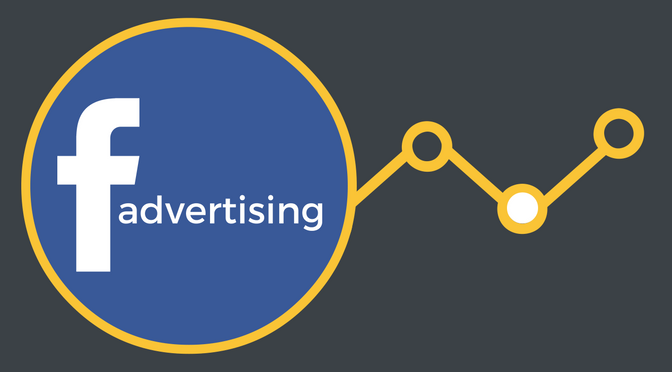
This is the number one question we ask when we first lay our eyes on those clever, full-of-promises, Facebook ads. How much do they cost?
Based on experience, this question keeps bouncing around my head for a few hours, sometimes even longer, before we give up on searching for the truth and simply accept the one and only possible answer: it depends.
Believe me, it’s a difficult business – not knowing! I know, and I sympathise with every client who feels insecure, perhaps lost, when faced with the uncertainty of such an answer.
Because the human mind has a tendency of refusing the unknown, here I will at least try to explain the little we know about Facebook ads, why it is impossible for us to know how much they will cost in advance, and what exactly will determine this unknown cost. So let’s dive straight into the mysterious world of Facebook Ads!
There are a couple of things that are actually set in stone (crazy!).
How much you will spend. This is determined by you and only you, or, more precisely, your budget. Bear in mind, Facebook has a minimum daily budget, which varies based on the type of goal, and therefore the type of campaign, you select. £1 per day is the minimum spend for a brand awareness campaign, whereas if you are looking to drive traffic to your website, you will need to invest at least £3 per day. This is your budget, NOT how much the ads will cost you.
Split testing. They call it split testing which is a fancy way of saying that two elements of a marketing campaign are tested against each other to analyse which one can deliver the best results. What you need to know is that split testing can really make a difference on your campaign’s ROI and ultimately save you some, or a lot, of money. This is a no-brainer, before you even start creating your first ad, remember you will need to test your campaigns! Here’s a crash course on split testing your Facebook campaigns.
Now, what will determine the cost of your ads?
If we aren’t given the chance to know how much they will cost, we can learn what the cost is determined by and perhaps even do something about it. (They say if you can’t beat them, join them, right?)
The main factors that play a big role in the Facebook Ads world are audience, bid and quality of the ad.
The audience you are targeting
Believe it or not, you are not the only one trying to reach the group of millennials interested in designer underwear! The more in demand your audience is, the more expensive your ads will be for you; this is because multiple advertisers (and not just one or two) are racing to show their ads to the same audience, but there are only a set number of ad spaces available. This said, you can use the full targeting power of Facebook by selecting interests and behaviours that best match your desirable audience. Remember: targeting the wrong audience will automatically bring the cost up. Here is how you avoid that.
Bid
You can let Facebook choose for you, but why do that when this is the tool that gives you the most control over ads cost? Your bid should be determined by how much a click or like is worth to you. This said, our goal is to keep the bid as low as possible, but it may not always be possible and this is why it’s so important to know the financial cost of a conversion.
Quality of your ad
I can’t put it simpler than this: you ought to make your ad stand out! When constantly overwhelmed by ads, the online user needs an incentive to click on your ad and not someone else’s. Think of Facebook as a car dealership full of Vauxhall cars and one Ferrari; you want your ad to be the Ferrari! How can you tell when you have a Ferrari-type of ad? Facebook uses two metrics that will tell us just that: the relevance score and the click-through rate. They measure how relevant your ads are to the audience you are targeting. Are they ignoring your ad or doing something about it? The quality of your ad is strictly related to the image you use, the headline and text. Again, if your audience can pick, be sure it will be the Ferrari.
In conclusion, Facebook advertising is a bit of a gamble to begin with, but once you master the art of split testing and you understand the importance of using wisely the tools you are given, you will be able to control costs and results – to some extent.
– Alessia